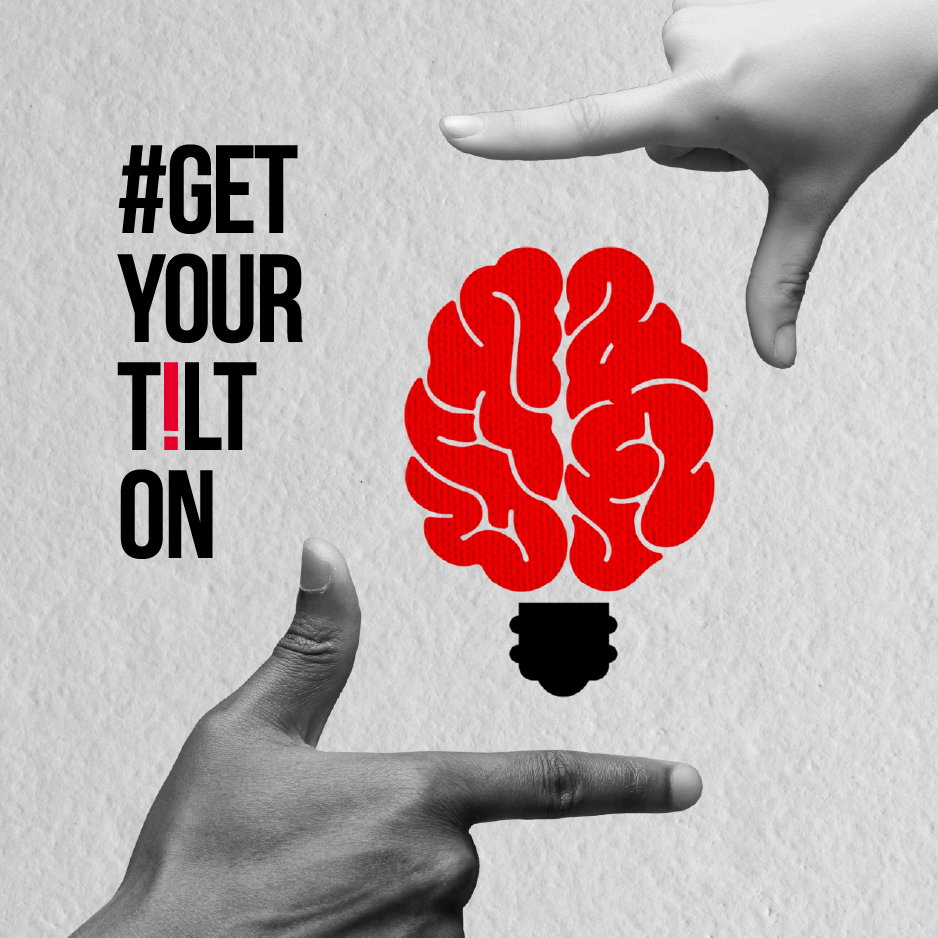
Since the COVID-19 pandemic essentially halted live events and gatherings around the world, every single company who had any event in the pipeline immediately started looking at how to transition to the world of virtual experiences. For most, that has translated into a rather lackluster solution: Zoom meetings. Not just Zoom of course, though they have certainly seen the biggest explosion in use over the past two months. Microsoft, Google, and a number of other services that allow for people to meet “face to face” online have jumped to the forefront of the space and for good reason: they provide simple-to-use, easy-to-understand, and in some cases, free tools that can put people in front of each other. It’s absolutely essential for conferences and meetings, and in most cases, perfect for breakout sessions, but let’s be very clear about it – these services do not replace an event.
As was the case for IRL events and is still the case for virtual, content remains king. But if it were only about the content being shared, conducting digital meetings and webinars would have replaced live events a long time ago. Attending an event is about the experience, and that is very much what has been lacking in the digital amalgamations that have cropped up.
Some of the more prescient companies had been developing the infrastructure needed for digital events for years already, but given that events are about an experience for attendees, for the most part there was very little appetite for digital events to be more than add-ons to the real thing, and understandably so. How do you replace a live experience with staring at a screen?
So far, it hasn’t been done. More specifically, it hasn’t been done effectively outside of T!LT.
And that’s the question that has been plaguing event professionals for months now, and one which hasn’t quite been cracked. There are, undoubtedly, experiences that have proven to be exceptionally hard to replicate digitally. The feeling of sitting in a General Session with two thousand other people feeling the excitement and buzz generated in the room as you all witness the same thing at the same time is not something that can be easily recreated.
Or can it?
What event teams need to do is think way outside the box – imagine this: you and your colleagues have been invited to attend a virtual event. You yawn slightly at the thought, but when this company says “virtual event” they really mean it. A few days before the event is set to launch, you receive an email or smartphone push notification prompting you to download a specific AR app (or a VR headset arrives in the mail for a more immersive experience). When you connect to the show, your living room transforms into the event space. It doesn’t have to be a virtual reality simulation pulling you entirely out of your environment (but it can be!), perhaps it’s a mixed reality in your living room. Your living room floor becomes the “stage” for the performance or presentation. And if you choose VR over AR, you and your colleagues can be immersed in a shared experience where you all have front row seats. Digitally, this is as close to “together” as you can get for a live event production.
This is a fairly far-fetched example, but not out of the realm of possibility for a company, sports league, awards show, or association willing to put the time, effort, and most importantly money behind really creating an engaging experience. But let’s face it, in order to really grab the attention of the audience and, more importantly, maintain that attention, it will take a significant effort and investment. In the days of stay-at-home orders and school closures, we are no longer dealing with a captive audience in a giant ballroom – we are fighting with every other distraction that comes with working from home. We either need to embrace that or replace it, and replacing it means pulling together a myriad of different disciplines and technologies and mixing them together in the right combinations to really capture that live event magic. It means looking at vehicles for content that might otherwise have been previously considered novelty add-ons – AR, VR, second-screen experiences, multiplayer game mechanics – and making them the key drivers of these experiences. If your content isn’t engaging your audience on multiple levels, you’re likely to be written off as background noise while your attendee is busy answering emails or making lunch.
This is not to say we want to ignore the situation we are in. Quite the contrary, actually. Embracing the almost ridiculous circumstances that has become our day-to-day (and we use the term ridiculous to mean mostly “what in the actual heck is happening to the world right now?”), facing that head-on when your CEO comes “on stage” in his or her sweat pants, and folding that into the overall experience lends both an air of reality and authenticity to the people providing the message along with the reinforcement of the fact that we are all in this together.
But we get it – it is an extremely hard transition to make. Along with all of the uncertainty of the times we are in, how can you be expected to really take on an event experience that is equally uncertain? Here is the thing though: all of those companies who had previously been working on digital infrastructures and solutions even before the pandemic weren’t experts when they started. And neither are you. But we are, and that’s why we have been working with companies for years on exactly the types of experiences that can truly engage an audience – live or virtual – in spectacular ways.
If you’ve read this far then we’re guessing you already know that you’ve come to the right place. We cannot wait to start working with you!



